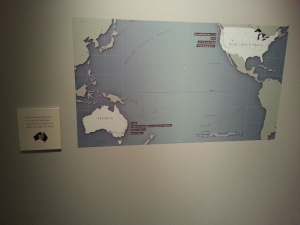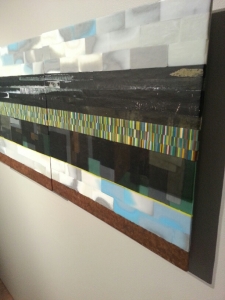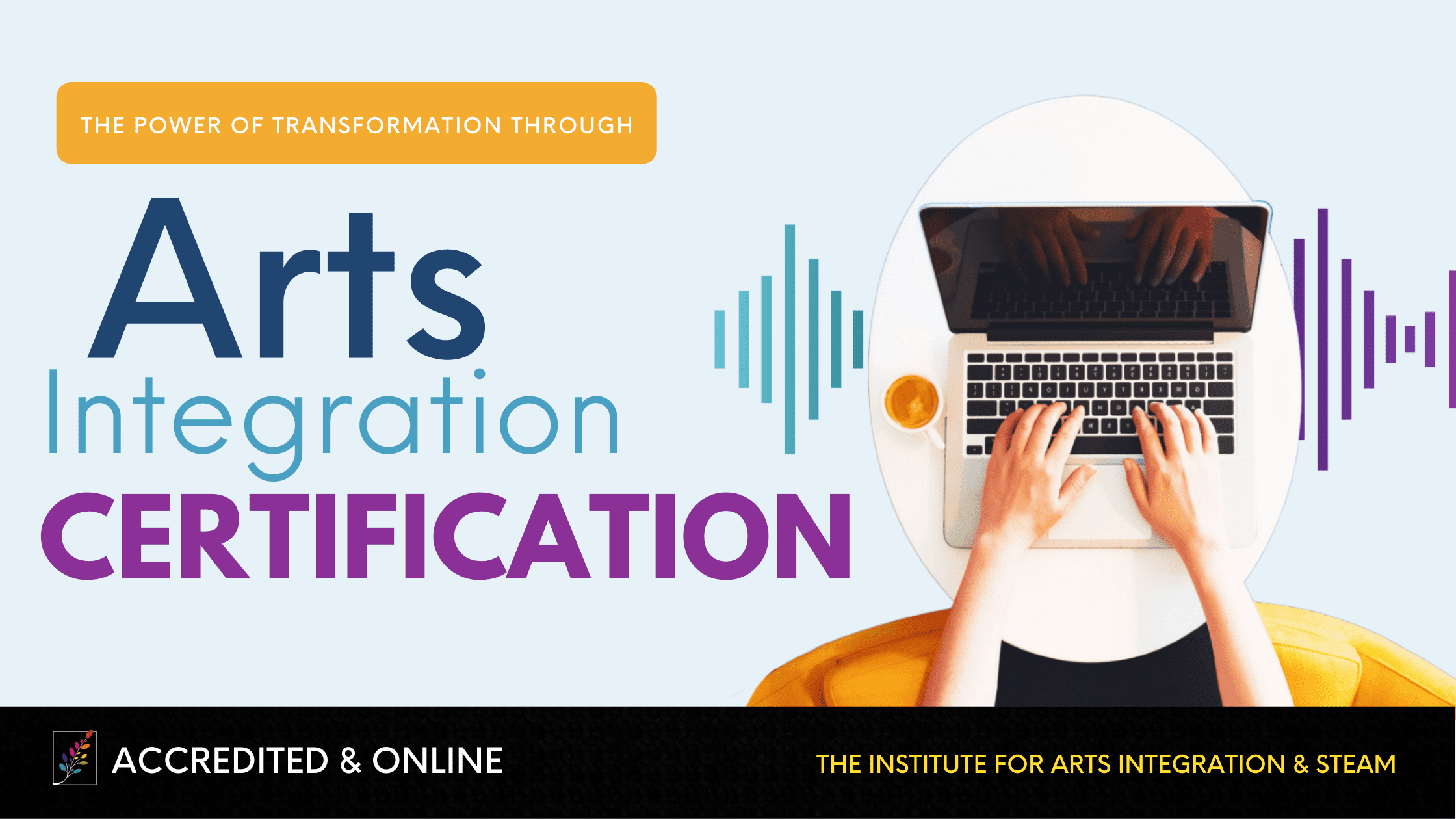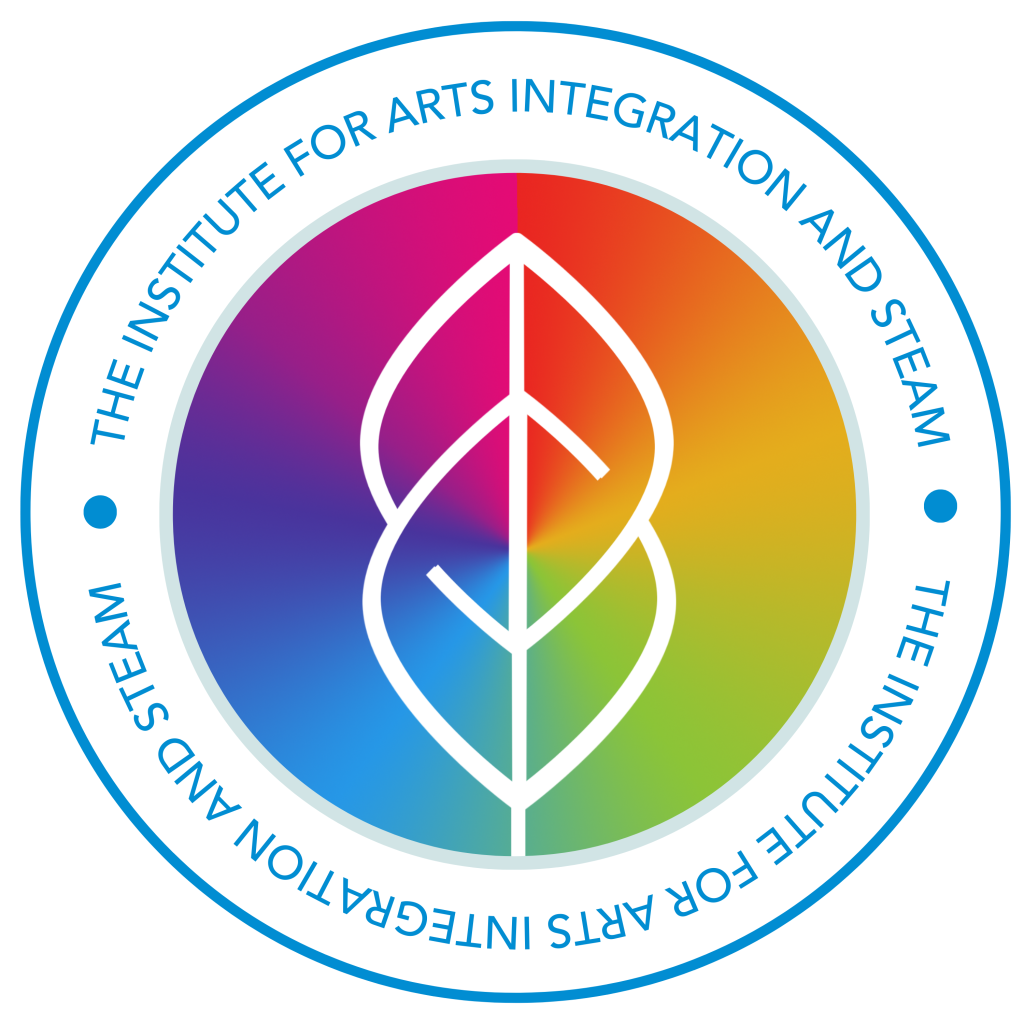Susan Riley | September 2013
The Act of an Artist's Statement
A few weeks ago, I was fortunate enough to visit the Tacoma/Seattle, WA area to work with local arts teachers. Being from the east coast, this area held so many wonderful surprises. One of these is the Museum of Glass, located in Tacoma. Not only did we have a great time watching master craftsman create new glass pieces (it was so hot in that room!), but they have an entire area dedicated to showcasing beautiful pieces of art created entirely with different glass fusing processes. Beside each one was an artists statement describing the background of the piece. In addition to, the method used and combinations of medium.
As I was exploring the museum, I couldn't help but take out my camera and begin taking some photographs of the unique presentations, pieces on display and techniques used to create these beautiful structures. For something that has such a fragile connotation, the glass on display seemed to boldly declare its resiliency and strength. As I went deeper through the collection, I saw so many ways we could bring these lessons into the arts integration classroom.
Interactive Artists Statement
Take a look at how each artists statement was presented in this venue:

Beside each piece of work was a map of the country of origin (many were from Australia and the Pacific Northwest). In addition to, a brief written summary, a quote from the artist, and a QR code you could snap with your smartphone. Once clicked, a website would appear on your phone for the artist who either described in written or video format the piece you were looking at right in front of you. It was an incredibly interactive experience and made you as the viewer feel more like a participant in the art and less removed from the process.
Takeaways for the Classroom: make student projects or creative products more interactive. Develop a virtual environment to showcase connections. Students provide video or audio commentary and bring the intention of the creative process to life.
Split Personality
In this collection, the artist created two pieces of a singular image and suspended them in space. The whimsy of this presentation of everyday objects created a different perspective for the audience.

Takeaways for the Classroom: look at using ordinary objects or viewpoints and transforming them into something extraordinary. This is done through either a new medium or a different spin on the way you present it. This could be a wonderful way to explore inquiry based learning through the arts.
Multiple Layers
In this piece, the artist used many different forms of glass production and fused them into one collage to create a landscaped scene. The careful planning and time used to create this type of work showcases critical thinking and intention through which this piece developed.

Takeaways for the Classroom: while you may not have the ability to fuse glass in your classroom (though that could also become a possibility. Provided you have the right tools and a teaching artist in your midst), you could replicate this process by providing other materials the process might transform. As an example, you can cut, paint, crumple, or weave paper. Other materials such as clay and fabric are also good possibilities.
Be Direct
In the Benjamin Moore area of the gallery, the works were displayed in the center and the artists statement were stenciled on the walls. Each artists statement was explicit in its connection and dependence upon other areas. In this image, you can see the explanation of the geometric principles at play.

Takeaways for the Classroom: When developing, teaching and implementing an integrated lesson, always make the connections clear. Never shy away from stating all of the ways that students can use every tool at their disposal. This showcases that the "real world" is not siloed, but beautifully dependent upon many different disciplines all acting simultaneously.
What has inspired you and your teaching throughout your travels? We'd love to hear the wonderful ways you're bringing your journey into your classroom!



